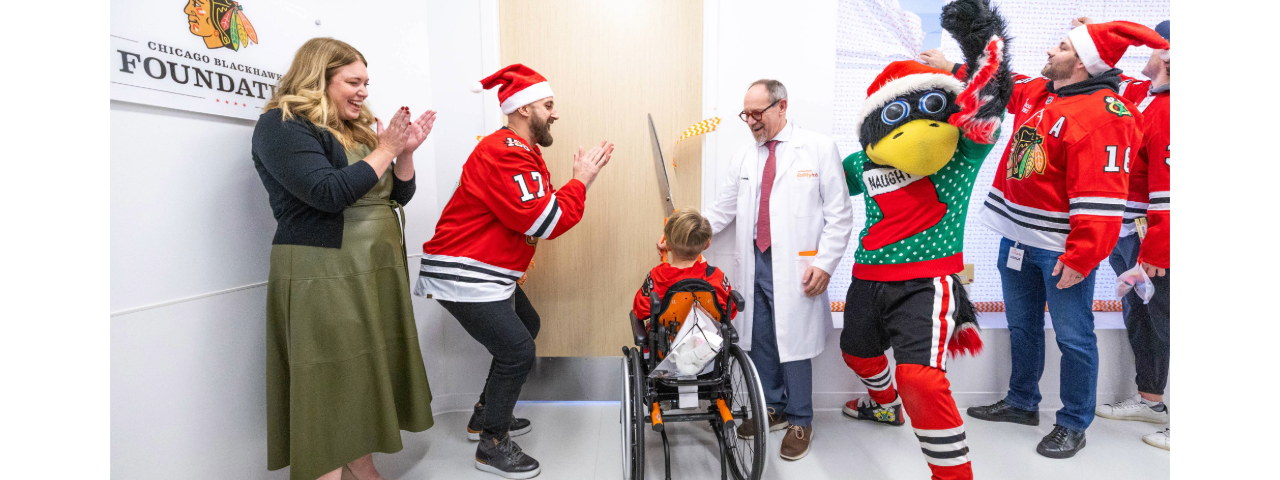Body
Spasticity, the uncontrolled tightening or contracting of muscles, affects more than 60 percent of people with severe spinal cord injury (SCI)-those who have been told they will never walk again. Interventions tend to favor adaptation over aggressive therapies and are the same, regardless of whether patients experience the condition. Yet, Monica Perez, PhD, wondered if spasticity could be harnessed to unlock answers and inform interventions for better outcomes.
"Based on our scientific findings, what if spasticity could be used as a biomarker-a hopeful sign of descending connectivity from the brain that could predict a patient's responsiveness to therapies?" she wondered. "What if we exploit this condition to tailor treatments for better recoveries?"
She got to work. Understanding that no breakthroughs are pursued in a vacuum, she partnered with Allison Kessler, MD, MSc, Section Chief for Shirley Ryan AbilityLab's Renee Crown Center for Spinal Cord Innovation, in an effort to translate her observations into clinical impact. Together, they devised a testing hypothesis and presented it at one of the hospital's signature Idea Labs-"white board" sessions in which clinicians and researchers come together to explore concepts. Seeing the potential of this work, others signed on to form a cross-disciplinary team. They applied for and received internal funding for a 60-patient pilot study assessing spasticity' s promise to help tailor therapies and predict outcomes.
Results were promising, but Drs. Perez and Kessler knew that, to affect the field, they needed to replicate their findings. They would need much more data -and not just their data. The team applied for a larger federal grant, which they won. Four prestigious hospitals with strong SCI programs, including Mayo Clinic, Craig Hospital, Baylor University Medical Center and University of Minnesota, signed on to form a coalition that could evaluate Dr. Perez's hypothesis with greater speed and on a greater scale.
Dr. Perez credits the rapidity at which she's been able to work to Shirley Ryan AbilityLab's translational environment-with scientists and clinicians collaborating in the same space, generating and applying discoveries now.
"When an organization does not have a translational focus, everyone thinks research is important, but people don't understand how to apply it," she said. "What can take one year at a typical institution takes one month at Shirley Ryan AbilityLab."
According to Dr. Perez, access and acceptance make all the difference.
"We have an interdisciplinary team that has embraced the concept of translational medicine," she said. "Unlike those scientists working in traditional environments, we don't have to spend time or mental energy convincing physicians or therapists to grant us access to their patients. Through unfettered collaboration with incredibly willing partners, our vision continually expands."
For SCI patients, the breakthroughs can't come fast enough.


